Need for Speed
 Whether it’s coming up with the best design for a Formula 1 race car or understanding the effects of atrial fibrillation on the heart, developing the right simulation model for research sometimes involves equal parts applied math, engineering and computer science.
Whether it’s coming up with the best design for a Formula 1 race car or understanding the effects of atrial fibrillation on the heart, developing the right simulation model for research sometimes involves equal parts applied math, engineering and computer science.University of Utah School of Computing professor Mike Kirby sees himself as the person who connects these disciplines so he can take trailblazing ideas and help create better simulation software to aid researchers.
SCI Acquires Nvidia DGX-1
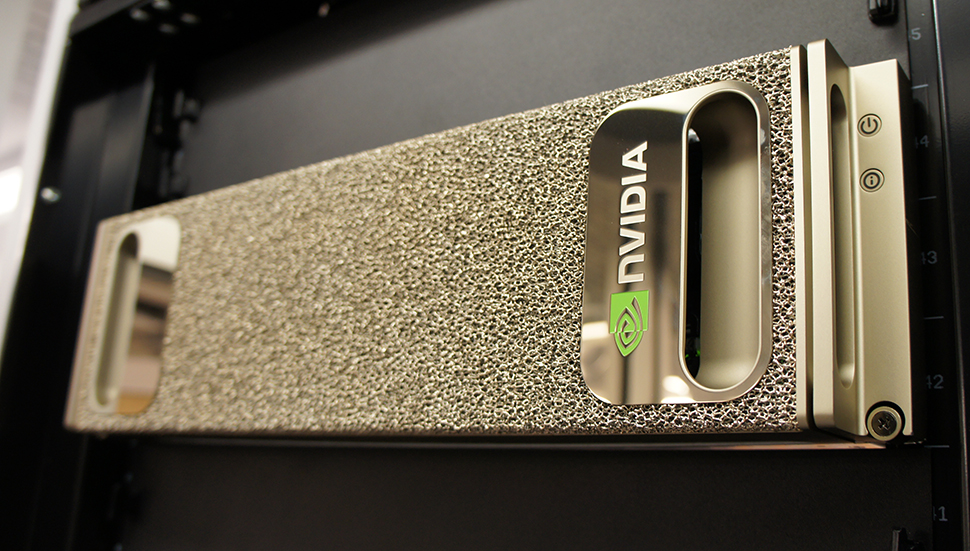 The SCI Institute, in partner with the School of Computing, is excited to announce the acquisition of an Nvidia DGX-1 deep learning system. This will be a shared resource that will be made available freely to all campus researchers interested in deep learning, machine learning and related areas.
The SCI Institute, in partner with the School of Computing, is excited to announce the acquisition of an Nvidia DGX-1 deep learning system. This will be a shared resource that will be made available freely to all campus researchers interested in deep learning, machine learning and related areas.Big data and machine learning are major factors shaping research and innovation now and will continue to be so in the foreseeable future. Deep learning represents the state-of-the-art in machine learning and data analysis.
A Calming Effect
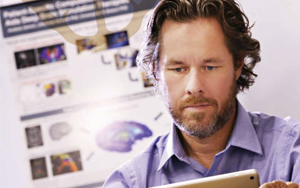 For many who suffer from debilitating neurological disorders such as Parkinson’s Disease, the constant muscular tremors are an unbearable symptom. Just drinking from a cup can be an overwhelming challenge.
For many who suffer from debilitating neurological disorders such as Parkinson’s Disease, the constant muscular tremors are an unbearable symptom. Just drinking from a cup can be an overwhelming challenge.When medication doesn’t work, brain surgery to destroy certain cells can be risky, and the results are irreversible. But there has been an emerging third option — deep brain stimulation (DBS), a therapy in which electrodes are implanted in the patient’s brain that deliver continuous electrical pulses to control motor function.
University of Utah bioengineering associate professor Christopher Butson has been researching ways to improve DBS systems to make them more effective and convenient for patients who wear them. He believes an answer lies in mobile tablets and smartphones.
Miriah Meyer Interviewed at Women in Data Science 2017
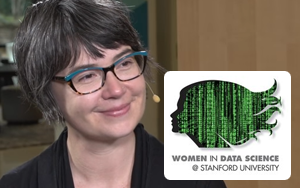 Miriah Meyer, Assistant Professor of Computer Science at University of Utah, sits down with host Lisa Martin at Women in Data Science 2017, at Stanford University in Palo Alto, California.
Miriah Meyer, Assistant Professor of Computer Science at University of Utah, sits down with host Lisa Martin at Women in Data Science 2017, at Stanford University in Palo Alto, California.
Gigapixel image analysis on the fly
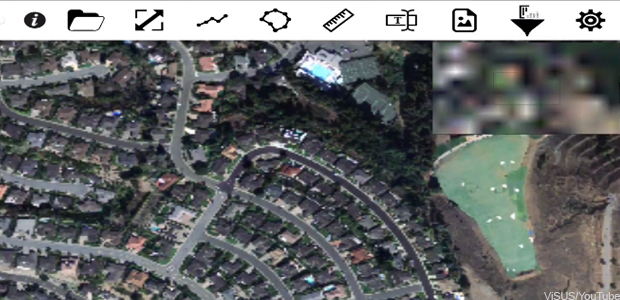 Most farmers probably never thought they'd be in the market for a way to process huge digital images more quickly -- until, that is, inexpensive drones with high-resolution cameras gave them access to images they could use to micromanage irrigation and to detect the growth of crop-threatening diseases.
Most farmers probably never thought they'd be in the market for a way to process huge digital images more quickly -- until, that is, inexpensive drones with high-resolution cameras gave them access to images they could use to micromanage irrigation and to detect the growth of crop-threatening diseases.
2016 Image-Based Biomedical Modeling (IBBM) summer course
 The Image-Based Biomedical Modeling (IBBM) summer course was held for the third time in 2016, from July 11-21, 2016 in Newpark Resort, Park City (Utah). The two-week course format included the following activities:
The Image-Based Biomedical Modeling (IBBM) summer course was held for the third time in 2016, from July 11-21, 2016 in Newpark Resort, Park City (Utah). The two-week course format included the following activities:- Didactic lecture sessions given by the three PIs (Rob MacLeod, Ross Whitaker and Jeff Weiss) as well as three invited instructors (Miriah Meyer, Steve Maas and Gerard Ateshian) experts in their fields
- Laboratory exercises lead by a group of teaching assistants and developers,
- Discussion session time for student-instructor interaction,
- Visit to the experimental and computational laboratory facilities at the University of Utah, College of Engineering to give the participants an overview of the general academic background and research projects performed at the university,
- Four Keynotes Lectures from leaders in the field,
- Mentoring lectures on grant writing, responsible conduct of research, and simulation study design.
Combating Wear and Tear
University of Utah bioengineers detect early signs of damage in connective tissues such as ligaments, tendons and cartilage
By the time someone realizes they damaged a ligament, tendon or cartilage from too much exercise or other types of physical activity, it's too late. The tissue is stretched and torn and the person is writhing in pain.But a team of researchers led by University of Utah bioengineering professors Jeffrey Weiss and Michael Yu has discovered that damage to collagen, the main building block of all human tissue, can occur much earlier at a molecular level from too much physical stress, alerting doctors and scientists that a patient is on the path to major tissue damage and pain.
Early Science Projects for Aurora Supercomputer Announced
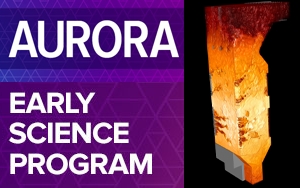 Congratulations to Martin Berzins and the Carbon-Capture Multidisciplinary Simulation Center on their selection as one of ten computational science and engineering research projects for its Aurora Early Science Program starting this month. Aurora, a massively parallel, manycore Intel-Cray supercomputer, will be ALCF's next leadership-class computing resource and is expected to arrive in 2018.
Congratulations to Martin Berzins and the Carbon-Capture Multidisciplinary Simulation Center on their selection as one of ten computational science and engineering research projects for its Aurora Early Science Program starting this month. Aurora, a massively parallel, manycore Intel-Cray supercomputer, will be ALCF's next leadership-class computing resource and is expected to arrive in 2018.
Laura Lediaev wins the Utah Rendering Competition for the 3rd straight year
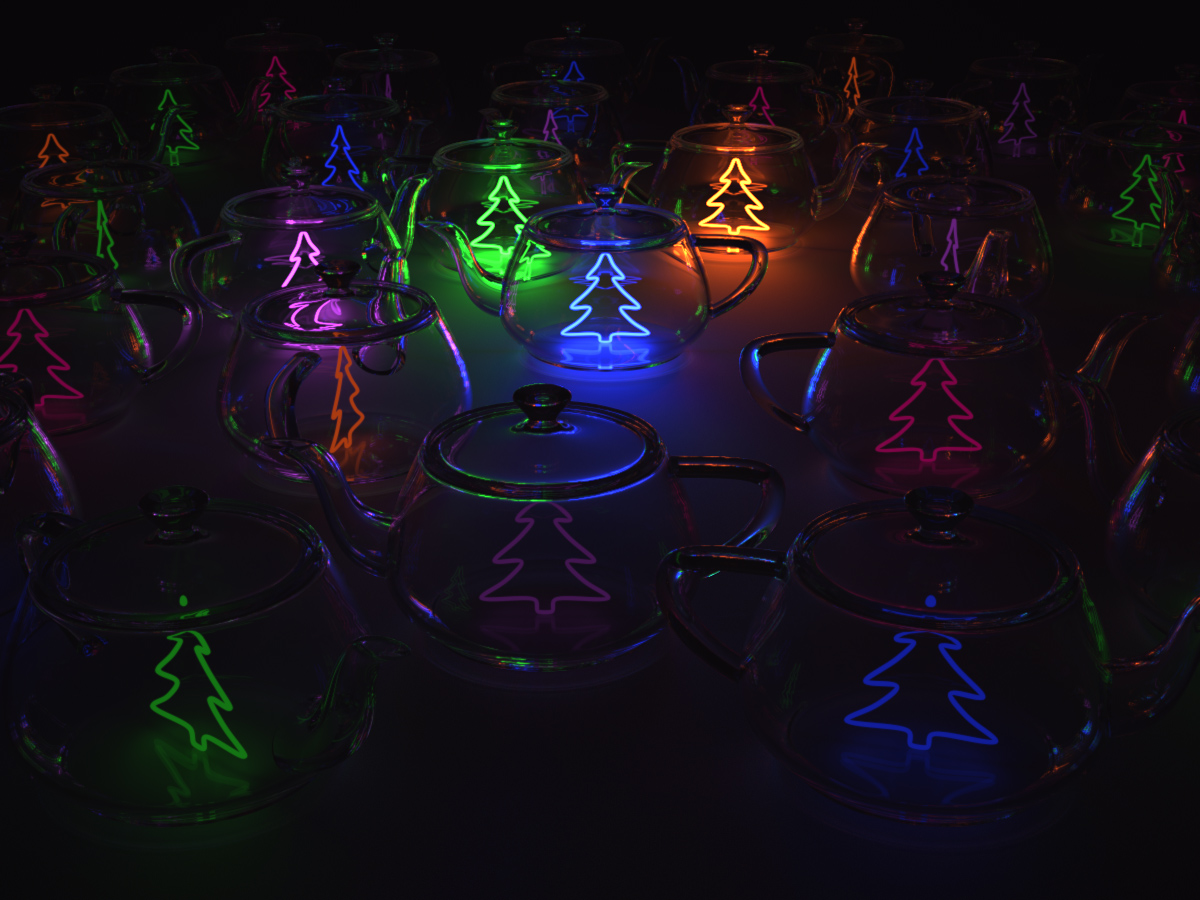 Congratulations to Laura Lediaev, who won the Utah Rendering Competition for the third year in a row. Laura's entry, titled Christmas Teapots, was the overall winner and receiver of the audience choice award. The rendering is based on creating time-varying composites of light layers in order to simulate the effect of twinkling Christmas lights and flickering candles. The scene has 30 lights, one inside each teapot. Light layers are created during rendering by saving the contribution of each light into its own image. This produced 30 images/layers. Each light produced 4,000 samples per pixel. That adds up to 120,000 samples per pixel after compositing. Laura allowed up to 10 diffuse light bounces and 200 specular bounces.
Congratulations to Laura Lediaev, who won the Utah Rendering Competition for the third year in a row. Laura's entry, titled Christmas Teapots, was the overall winner and receiver of the audience choice award. The rendering is based on creating time-varying composites of light layers in order to simulate the effect of twinkling Christmas lights and flickering candles. The scene has 30 lights, one inside each teapot. Light layers are created during rendering by saving the contribution of each light into its own image. This produced 30 images/layers. Each light produced 4,000 samples per pixel. That adds up to 120,000 samples per pixel after compositing. Laura allowed up to 10 diffuse light bounces and 200 specular bounces.Visualizing the Universe
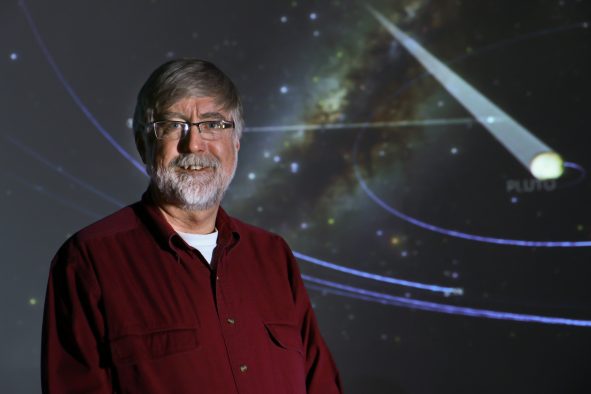 Utah engineers co-developing space simulation software for planetariums and home computers.
Utah engineers co-developing space simulation software for planetariums and home computers.
Sept. 7, 2016 – If space is the final frontier, OpenSpace could become the final frontier in space simulation software.Computer scientists from the University of Utah will be working with researchers from New York University's Tandon School of Engineering and the American Museum of Natural History (AMNH) to develop OpenSpace, an open-source 3-D software for visualizing NASA astrophysics, heliophysics, planetary science and Earth science missions for planetariums and other immersive environments. The software also will be developed for use in schools and on home computers.